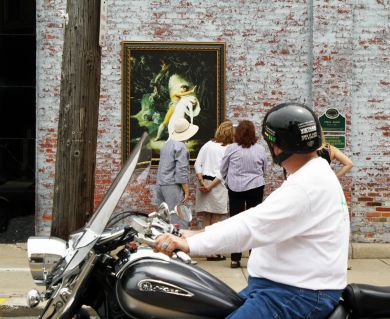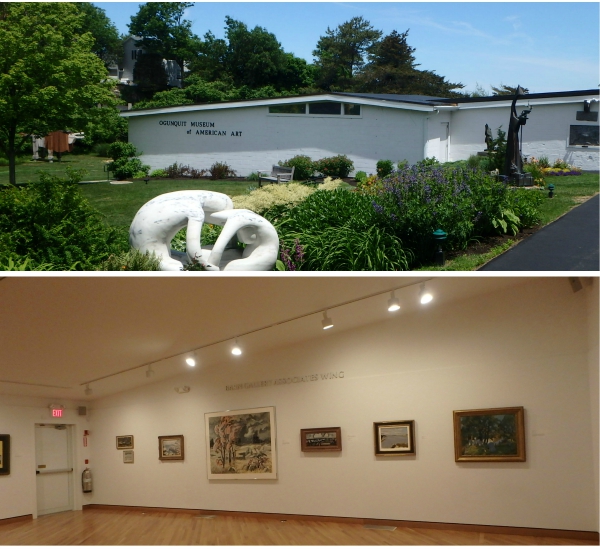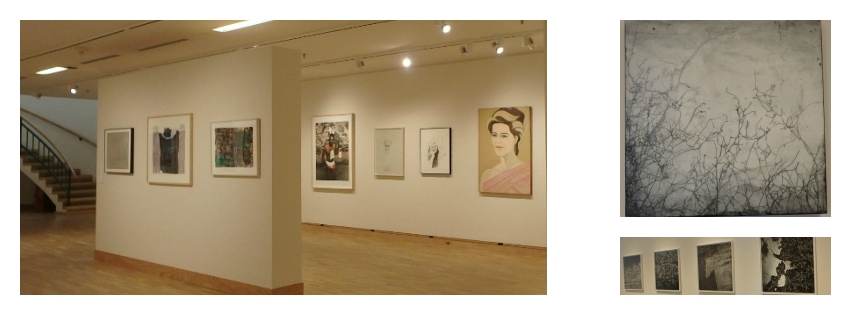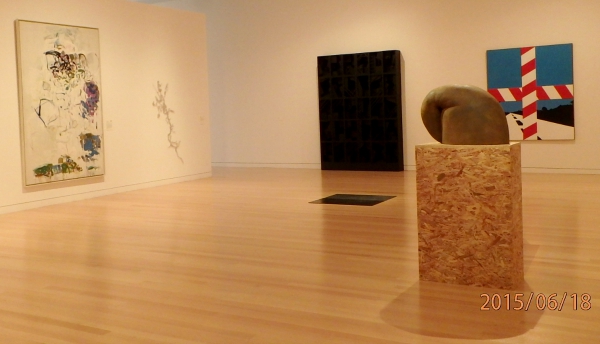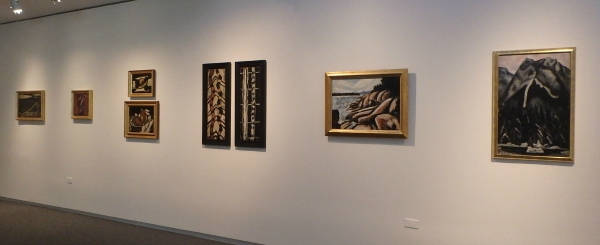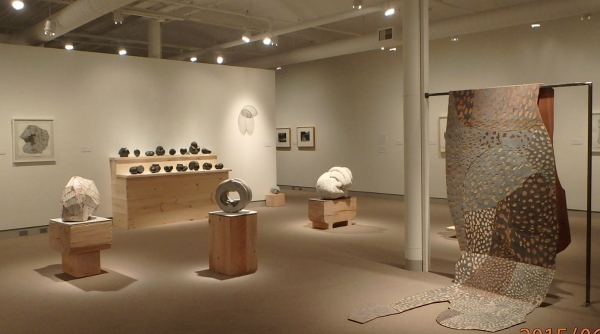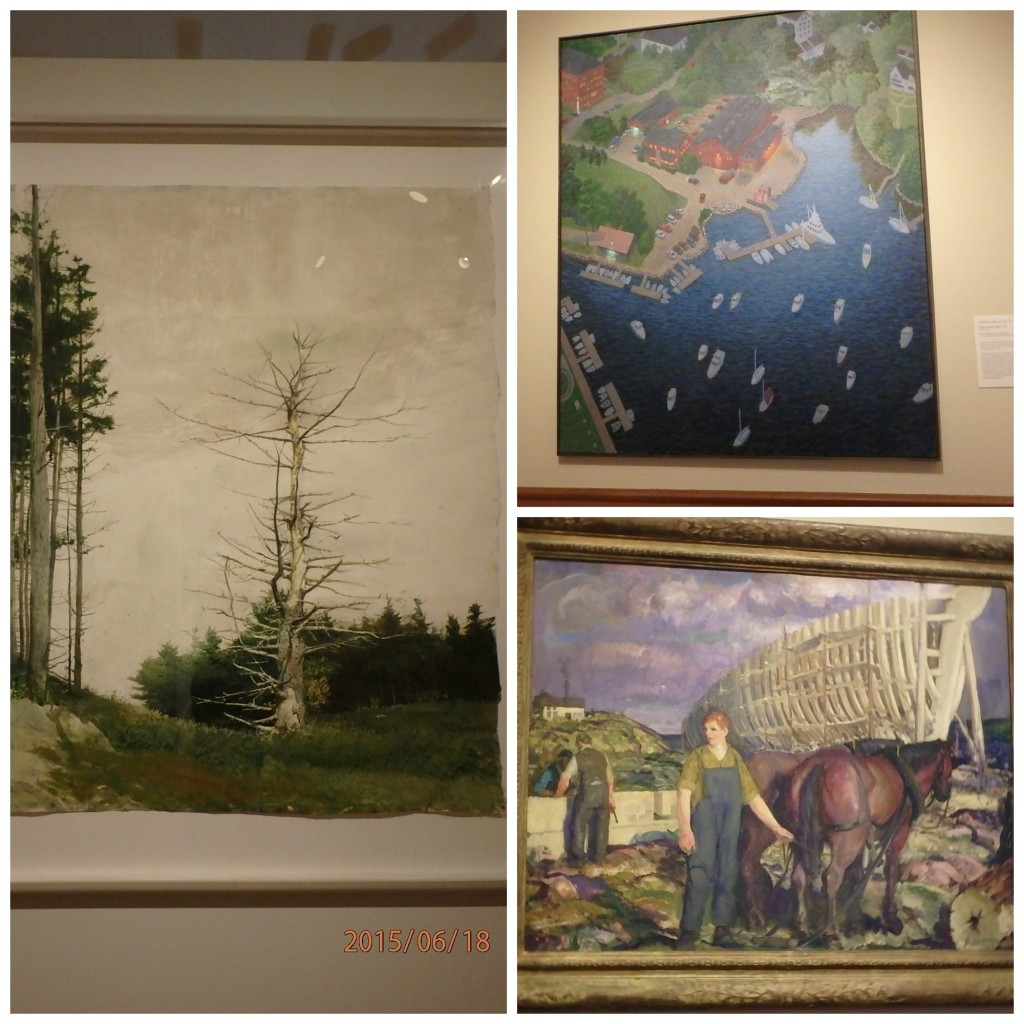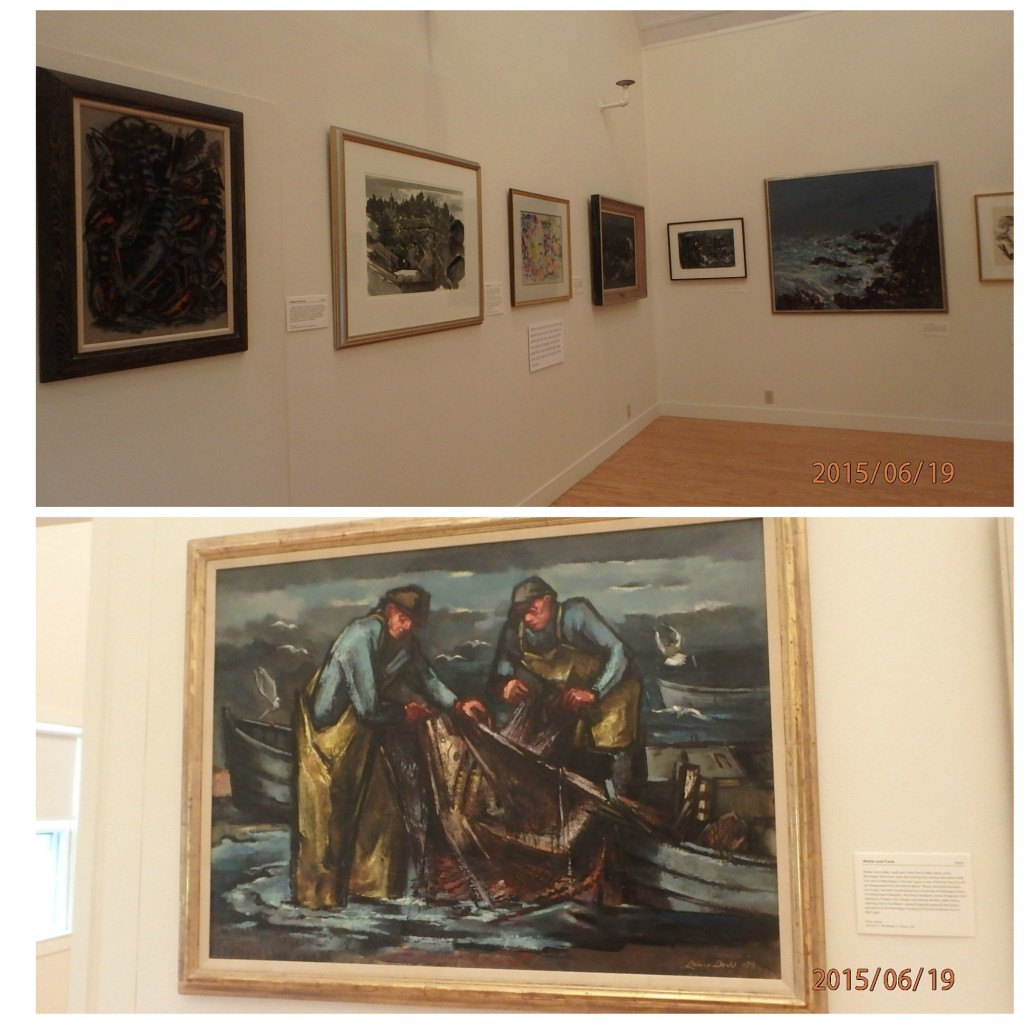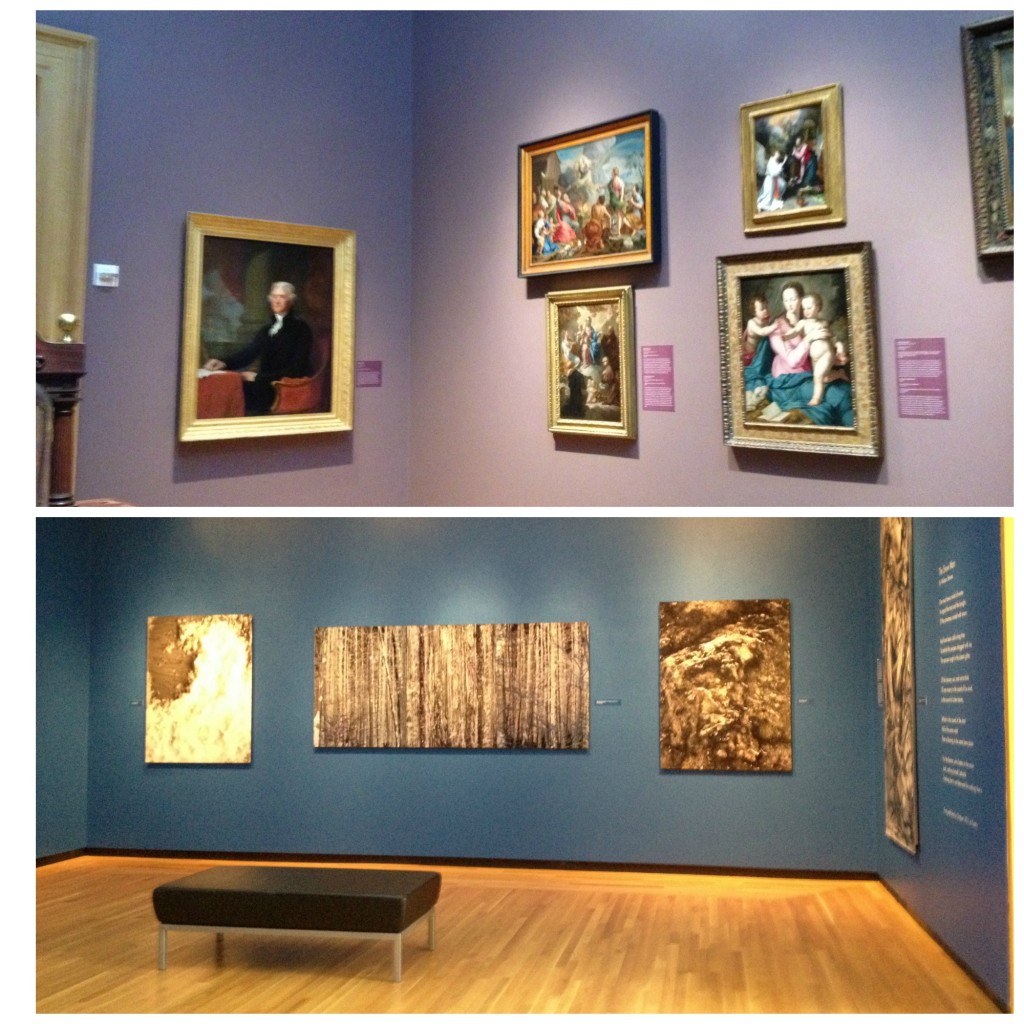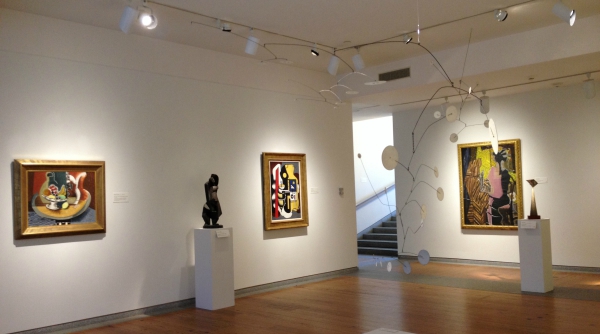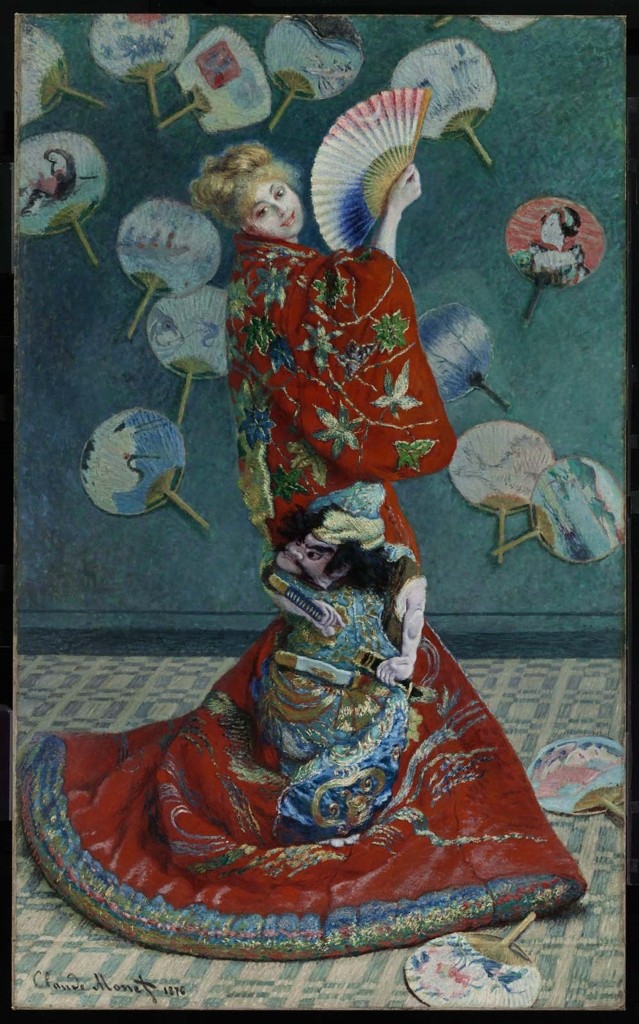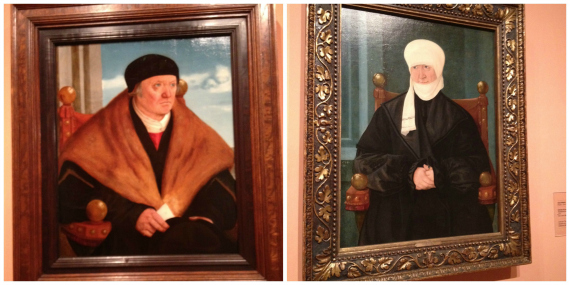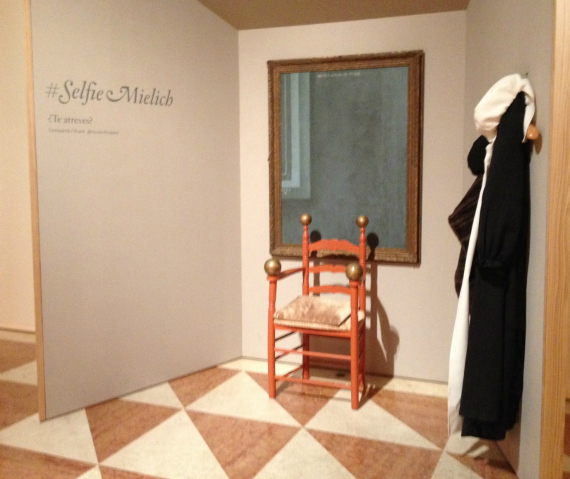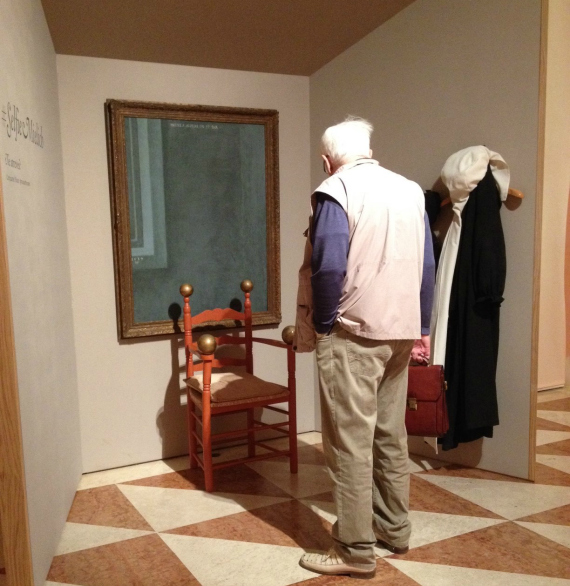Aside from what Roberta Smith said in Friday’s New York Times about The Artistic Journey of Yasuo Kuniyoshi, now on view at the Smithsonian American Art Museum (she called it “superb”), she made a very good general point about American art and museums at the moment. And it’s a bit of a mysterious point, to me at least.
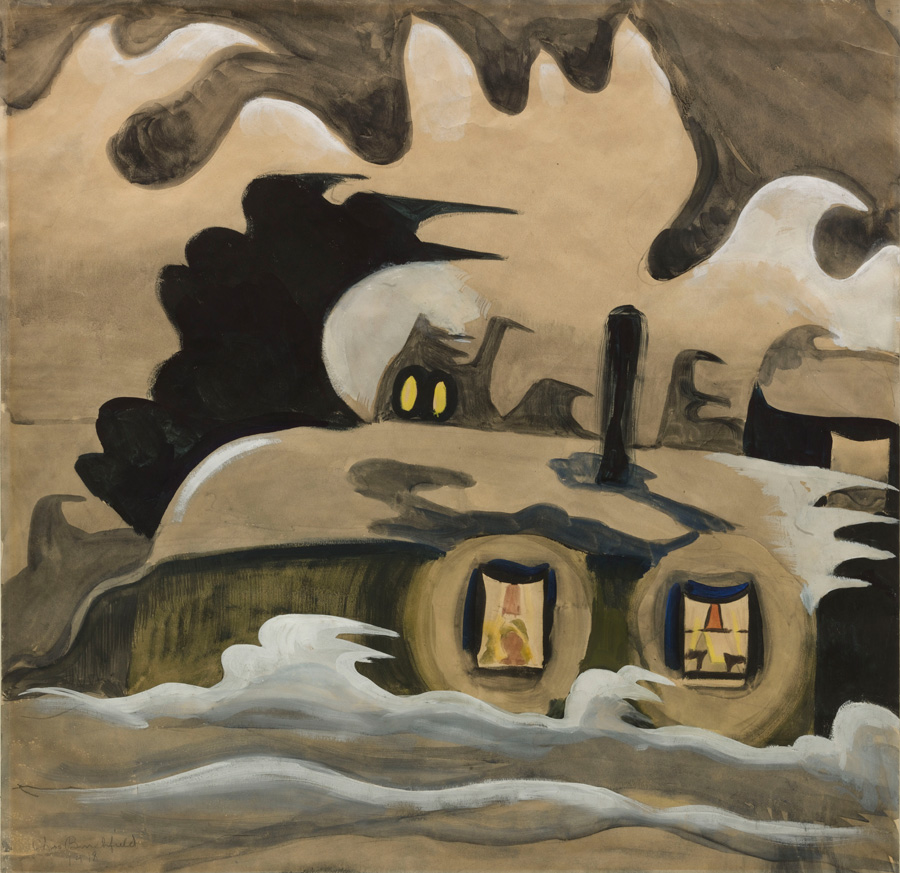 Here is the passage that caught my eye:
Here is the passage that caught my eye:
…unfortunately, “The Artistic Journey of Yasuo Kuniyoshi†will be seen nowhere else — not even at one of the several American museums that have lent to it.
In recent decades, much art-historical and curatorial effort has been expended on American art from the first half of the 20th-century, but missed opportunities abound. Another example: the outstanding 2014 exhibition of Marsden Hartley’s German Officer paintings seen only at its organizing institutions, the Neue Nationalgalerie in Berlin and the Los Angeles County Museum of Art, which means that the international stature of Hartley’s radical early work remains shortchanged.
I’ve seen this happen again and again. It isn’t just American art shows–many fantastic exhibitions simply do not travel. When I ask museum directors or curators why a particular show they have organized isn’t traveling, they never say because lenders won’t allow it (that usually happens only if the show already has three venues). Almost always, the answer is, “we tried, and no one could take it” or something like that.
At a time when museums are trying to stretch their dollars and do many more things with the same amount of money, I find this very strange.
It’s not that museums want mainly to do their own exhibits (except for a few, like the Met). Consider the Brooklyn Museum’s Killer Heels–it’s traveling to four additional museums. A non-brand name like Impressionism and the Caribbean: Francisco Oller and His Transatlantic World, also organized by the Brooklyn, is going to two, even though it is reputed to be highly revealing. The Bowdoin College museum’s terrific Night Vision: Nocturnes in American Art, 1860-1960 is not (to my knowledge) traveling.  The Morgan Library’s wonderful manuscript exhibits rarely travel. One could go on and on, citing other examples.
Scheduling can be a problem, admittedly. But with communications as they are today, that should be less of an obstruction than it used to be.
This may change, but not for a good reason. Some people have predicted that museums will be shedding curators to cut costs–that could make them more open to showing some of these wonderful exhibits.
Photo Credit: The Night Wind, Charles Burchfield, courtesy of the Bowdoin Museum, © The Museum of Modern Art

